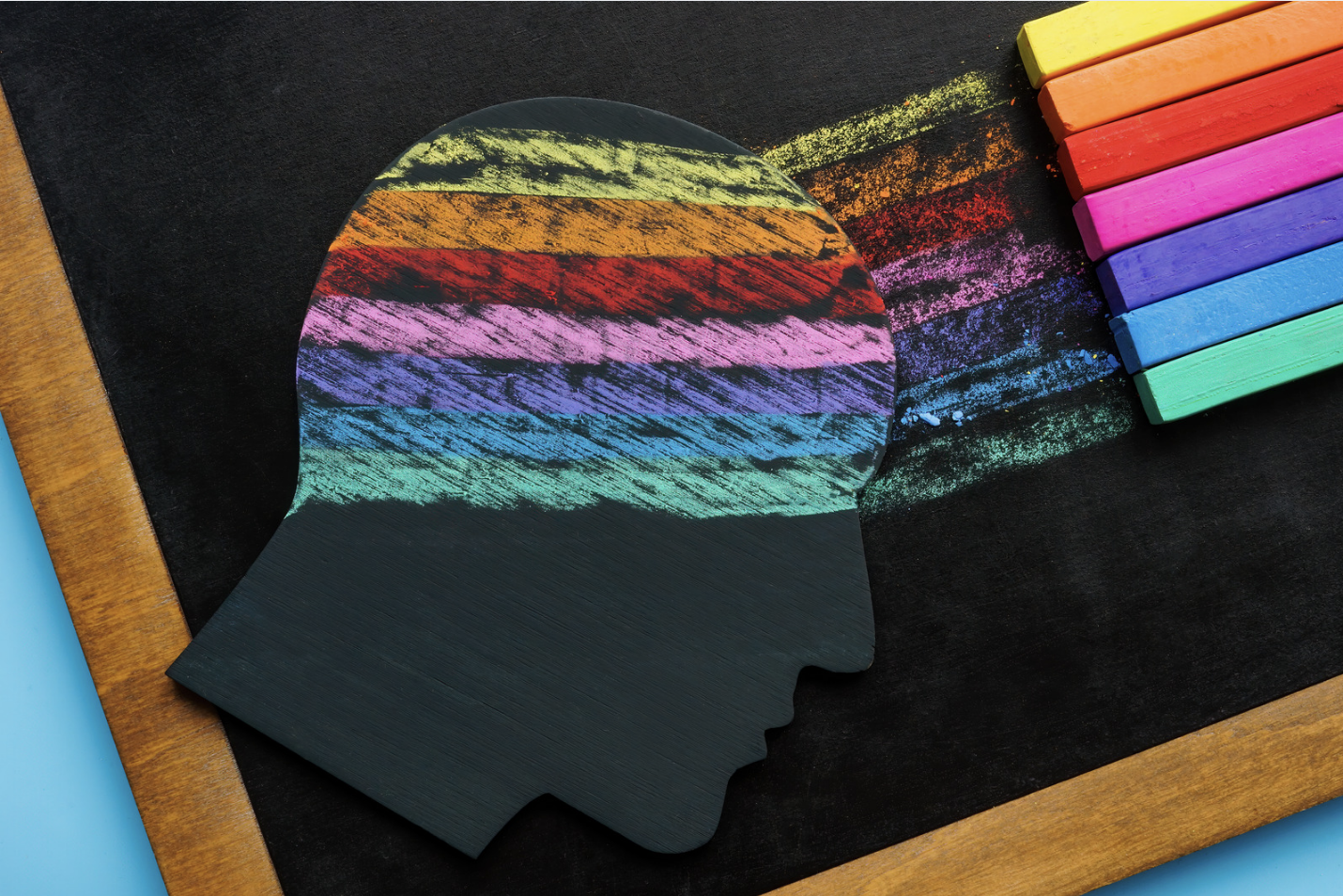What is Neurodiversity?
The word Neurodiversity was coined in the 1990s by advocates and researchers who aimed to shift societal views about Autism and other neurocognitive differences. Inspired by the concept of biodiversity, which highlights the importance of natural variation in ecosystems, Neurodiversity embraces the idea that neurocognitive differences like Autism, ADHD, and dyslexia are natural variations of the human brain, not flaws or defects.
In the early 2000s, the term Neurodivergent gained traction within Autistic communities to describe brain differences and experiences that deviate from what is considered Neurotypical (referring to individuals whose brain functioning aligns with the societal standard of “typical” or “average” neurocognitive abilities).
These days, Neurodivergent is most commonly associated with neurodevelopmental differences such as Autism, ADHD, learning differences (dyslexia, dyscalculia), and Tourette’s. However, other differences like bipolar, schizophrenia, and trauma-related conditions are often recognised under the umbrella of Neurodiversity.
The concept of Neurodiversity was groundbreaking because it offered a new and empowering perspective for people who had often been marginalised. This paradigm shift laid the foundation for a broader social movement, aiming to create a world where all types of brains are valued and supported. The core aims of the Neurodiversity-Affirming Movement include:
Reducing Stigma: Dismantling stereotypes to increase understanding and recognition of neurocognitive difference.
Strengths-Based Approach: Identifying and valuing the unique abilities of Neurodivergent people.
Addressing Ableism and Past Mistreatment: Recognising the historical marginalisation of Neurodivergent people.
Advocating for Environmental Adaptations: Emphasising the importance of creating environments that accommodate diverse needs.
Advancing Human Rights: Promoting equality for all Neurodivergent people to live authentically and with dignity.
The Neurodiversity Movement has been instrumental in redefining the conversation around neurocognitive differences and shifting the burden for change from individuals to society as a whole. Rather than expecting Neurodivergent people to hide or suppress their differences, the focus is on creating systemic changes that recognise and support diversity. Practical examples include sensory-friendly environments, flexible work arrangements, and inclusive social practices that allow Neurodivergent individuals to engage fully and authentically.
At Divergent Futures, we are proud to support this shift and hope that our resources, training, and research can empower individuals and organisations to embrace Neurodiversity-Affirming approaches.



